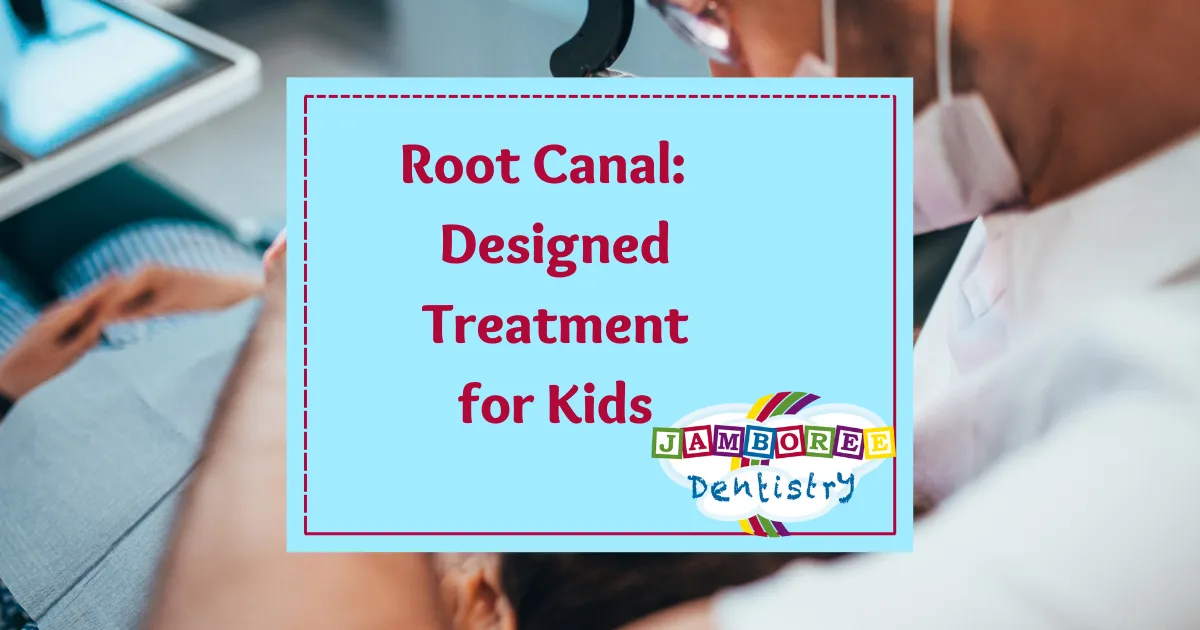Root canals can be performed on both adult teeth and baby teeth in children
Most parents are surprised to hear a pediatric dentist recommend a root canal for a child. Root canals, which are also referred to as endodontic treatments, are done to remove dying tooth pulp and replace the deep tissue with a filling material. A crown may then be placed to protect the structure of the tooth. It is a common misconception that root canals can only be done on adults. However, there are situations when a child can benefit from a root canal as well. Below is a closer look at why your child may need a root canal, what the procedure looks like, and more.
Why a Root Canal May Be Recommended for a Child
Root canals can be performed on both adult teeth and baby teeth in children, and there are situations when the treatment is necessary. With a permanent tooth, root canals can save a tooth that would otherwise be permanently lost, which is always a situation to avoid. With baby teeth, a root canal may be recommended if losing the tooth too soon could affect chewing or speech development. A root canal may be a logical treatment choice when:
- A tooth has sustained severe damage
- A tooth is abscessed (infected)
- A tooth is severely decayed
How Is a Root Canal Performed on a Child?
Contrary to what many people think, root canals are not a lengthy procedure. Rest assured, a pediatric root canal is done in a way to ensure that the child stays comfortable throughout the treatment. Once the child has been numbed, the dentist will simply perform a pulpotomy to remove the affected or diseased tissue. They then go deeper into the teeth to remove the affected tissue in the roots.
The removed material is replaced with a type of filling that restores the interior tooth structure. If the damage to the outer crown of the tooth is extensive, a dental crown is usually placed to preserve the integrity. In some cases, a root canal can require two visits: one to relieve the pain the child is experiencing and then another to finish the procedure. The wait time is to allow the infection to heal a bit before completing the work on the tooth to minimize the risk of root canal failure.
Talk to a Caring Pediatric Dentist About Your Child’s Teeth
Root canals sound scary when it comes to children, but these procedures can be done in a comfortable environment that ensures your child feels no pain in the process. If you are concerned about your child’s oral health, contact one of our team members to schedule your appointment.




